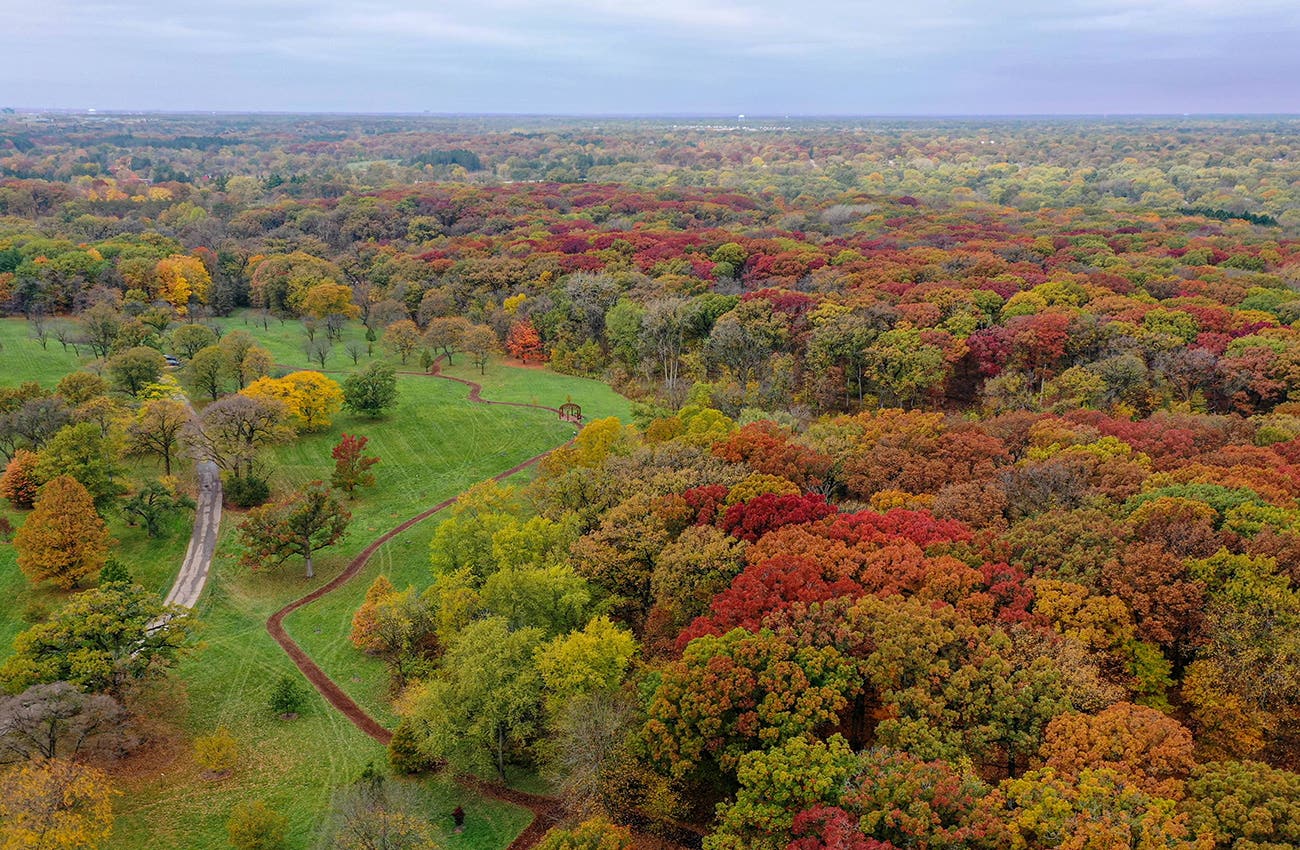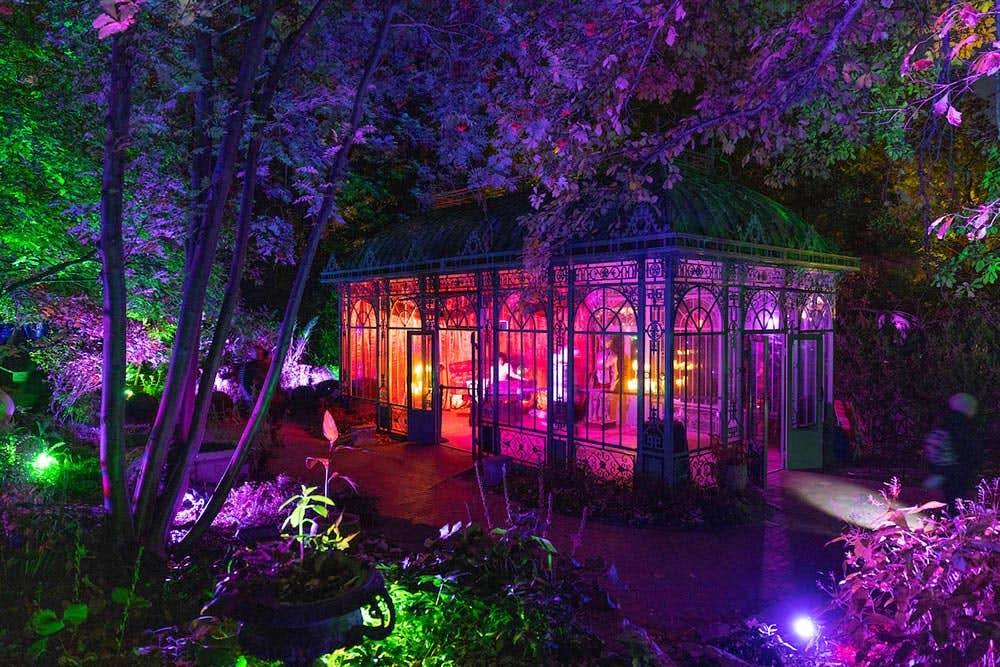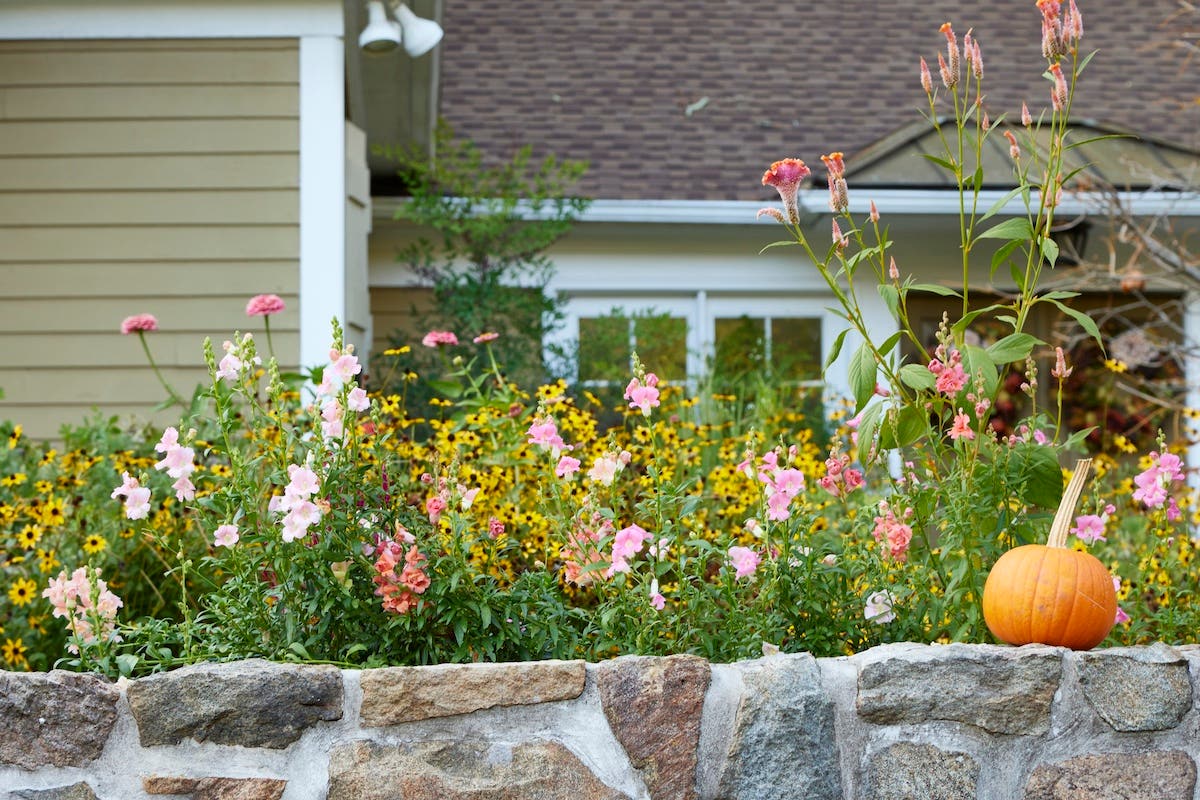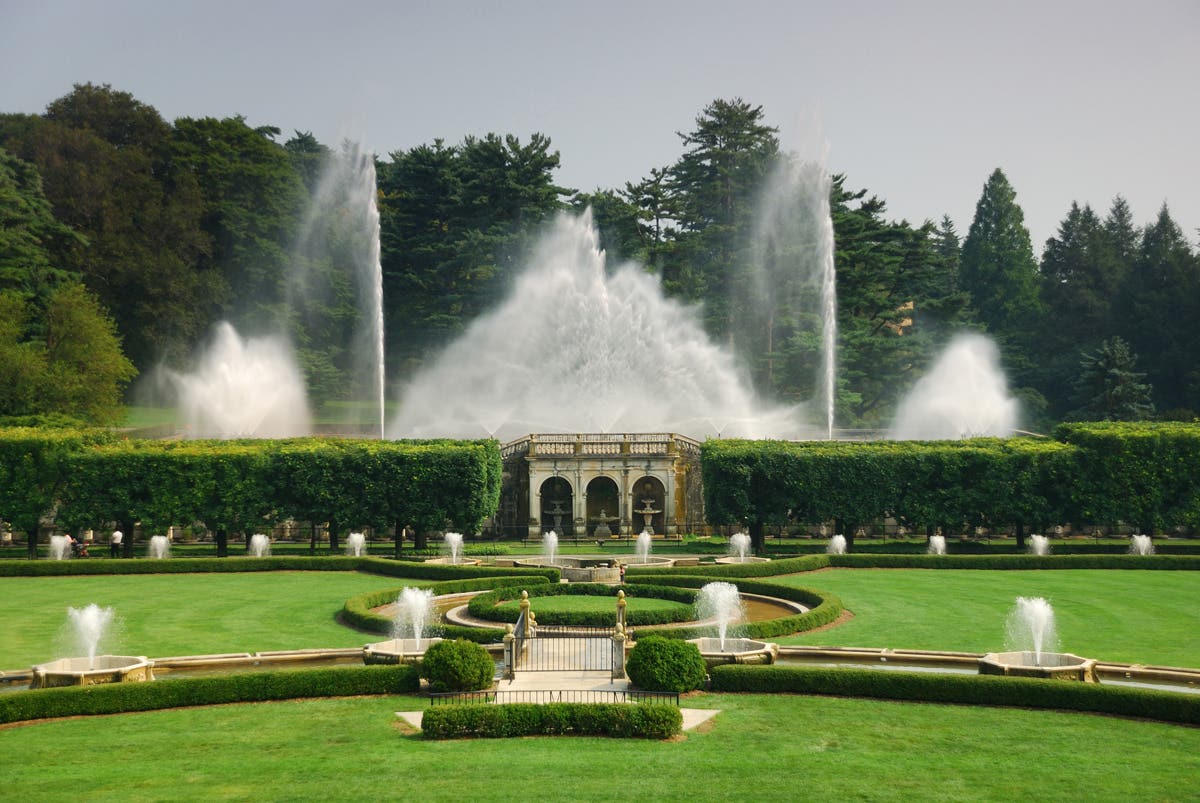Step Back in Time at Longfellow Garden in Maine
Visit this Colonial Revival–style garden gem, rich in history and timeless charm, tucked in the heart of downtown Portland
In 1784 Revolutionary War general Peleg Wadsworth, grandfather of the famed 19th-century poet Henry Wadsworth Longfellow, purchased a lot of about one and a half acres in Portland, Maine. On this narrow but deep property, a brick house was built that was home for three generations of this family before being donated to the Maine Historical Society in 1901 by Henry’s sister, Anne Longfellow Pierce. Outside the home, the family had maintained a domestic farmyard and gardens, which fell to neglect after two decades of construction in and around the property at the start of the 20th century.
In 1924 the Longfellow Garden Club was formed by Pearl Wing, and the restoration of the gardens began. Landscape architect Myron Lamb was commissioned to design a Colonial Revival–style garden that incorporated plants once grown by the Wadsworth and Longfellow families. Over 100 years later, the same garden club still tends and maintains the garden around what is now the oldest standing brick structure on the Portland peninsula.
For more information on the Wadsworth-Longfellow House, visit the Maine Historical Society website.
________________________________________________________________________________
About Longfellow Garden
- Location: 489 Congress Street, Portland, Maine
- Size: House and garden sit on approximately 1.5 acres
- When to visit: May–October, Tuesday–Saturday, 10:00 am–5:00 pm
- Visit their website for more information
________________________________________________________________________________
A Historic Garden Club for a Historic House
According to the Longfellow Garden Club website, Pearl Wing first visited the grounds of the Wadsworth Longfellow House in 1921 and was instantly determined to attempt a restoration of the landscape one day. Just three years later her goal came to fruition as she became the first president of the Longfellow Garden Club.
What started as some gardening friends clearing debris, bringing in manure, and preparing beds became a prestigious group that continued to add members with each new growing season. During the 1940s and 50s, membership soared to well over 100 members. As the decades passed and the garden thrived, the club continued to make improvements and advocate. In 1980 club members convinced the Maine Historical Society to open the tranquil space to the public, rather than reserving access to those paying for a tour of the Wadsworth-Longfellow House. To this day, the gardens remain free and open to the public from May through October.
In 2007 the garden had to be dismantled yet again for the restoration and expansion of the Maine Historical Society Library. By 2009 the Longfellow Garden Club had replanted and rehabilitated the garden following preservation standards and replicating Lamb’s original design.
Related Article: Plan a Visit to Historic Longwood Gardens in Pennsylvania
4 Signature Plants to Spot at Longfellow Garden
Even on a hot summer day, a surprising number of large trees and the tall brick walls that surround this city garden create a cool and calm oasis. As you walk the narrow paths that lead you up, down, and through the lush garden beds, you’ll find a wonderful tapestry of small trees, shrubs, and shade perennials.
1. Hydrangeas
While you’ll see them spilling over fences across New England, a coastal Maine garden somehow feels like the quintessential location for these profuse bloomers. An assortment of bigleaf cultivars (Hydrangea macrophylla cvs., Zones 5–9) are present throughout the beds and borders, and an incredible climbing hydrangea (Hydrangea anomala subsp. petiolaris, Zones 4–9) can be seen crawling up a wooden trellis against a brick wall.
Related article: New Hydrangea Cultivars to Try
2. Ferns
In a garden with a calm, cool design and plenty of shade, it’s no surprise that ferns are a signature element. Different species can be found scattered throughout the entirety of the garden; the upper section is set in deep shade and relies on these green wonders for most of its interest. In this area you’ll find maidenhair (Adiantum pedatum, Zones 3–8), royal (Osmunda regalis, Zones 3–9), sensitive (Onoclea sensibilis, Zones 4–8), and cinnamon ferns (Osmundastrum cinnamomeum, Zones 3–9).
3. Sweet mock-orange
A visit to Longwood is an experience for all the senses: a visual feast for the eyes, a quiet reprieve from the noise of the city streets just outside its borders, the light brush of foliage grazing your arms as you walk the narrow paths, and the intoxicating smell of sweet mock-orange (Philadelphus coronarius, Zones 4–8) from spring to the final days of summer. Several impressive specimens carry the scent throughout the small space.
Related Article: Where to Site Fragrant Plants in the Garden
4. Pink roses
The predominant color palette at Longfellow is a soothing combination of green and white, with a handful of containers adding focal points with annual plants. One of the few exceptions to this rule are some light pink roses situated in the center of the garden. This little pop of color instantly catches your eye. In a garden that shows so much restraint, these subtle moments are that much more impactful.
Photos, except where noted: Kaitlyn Hayes







